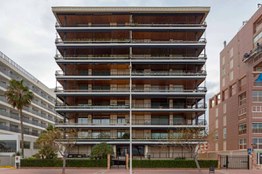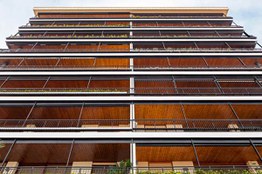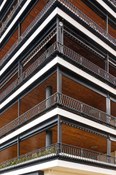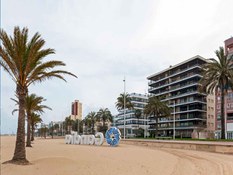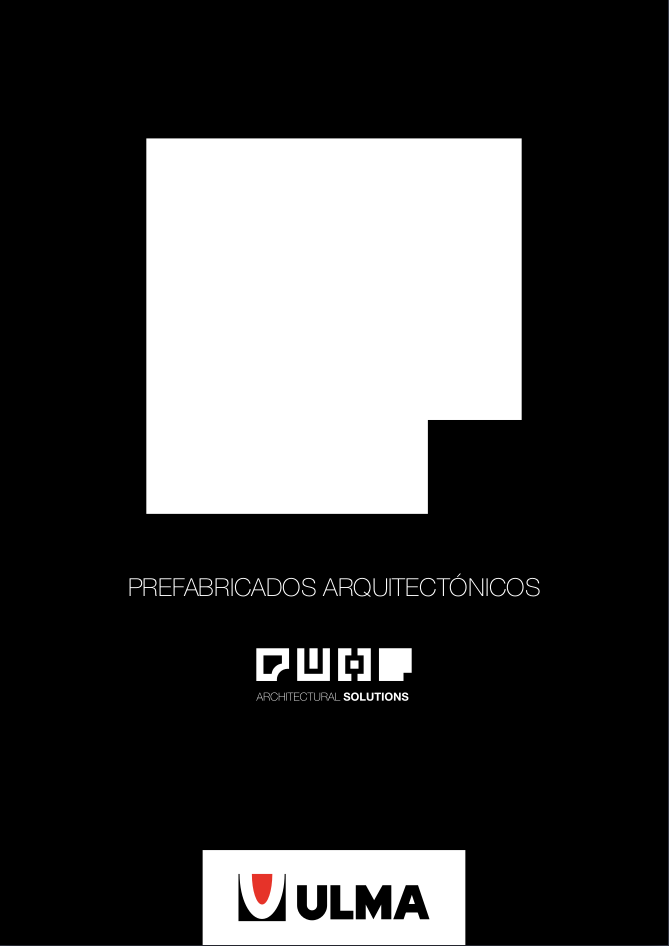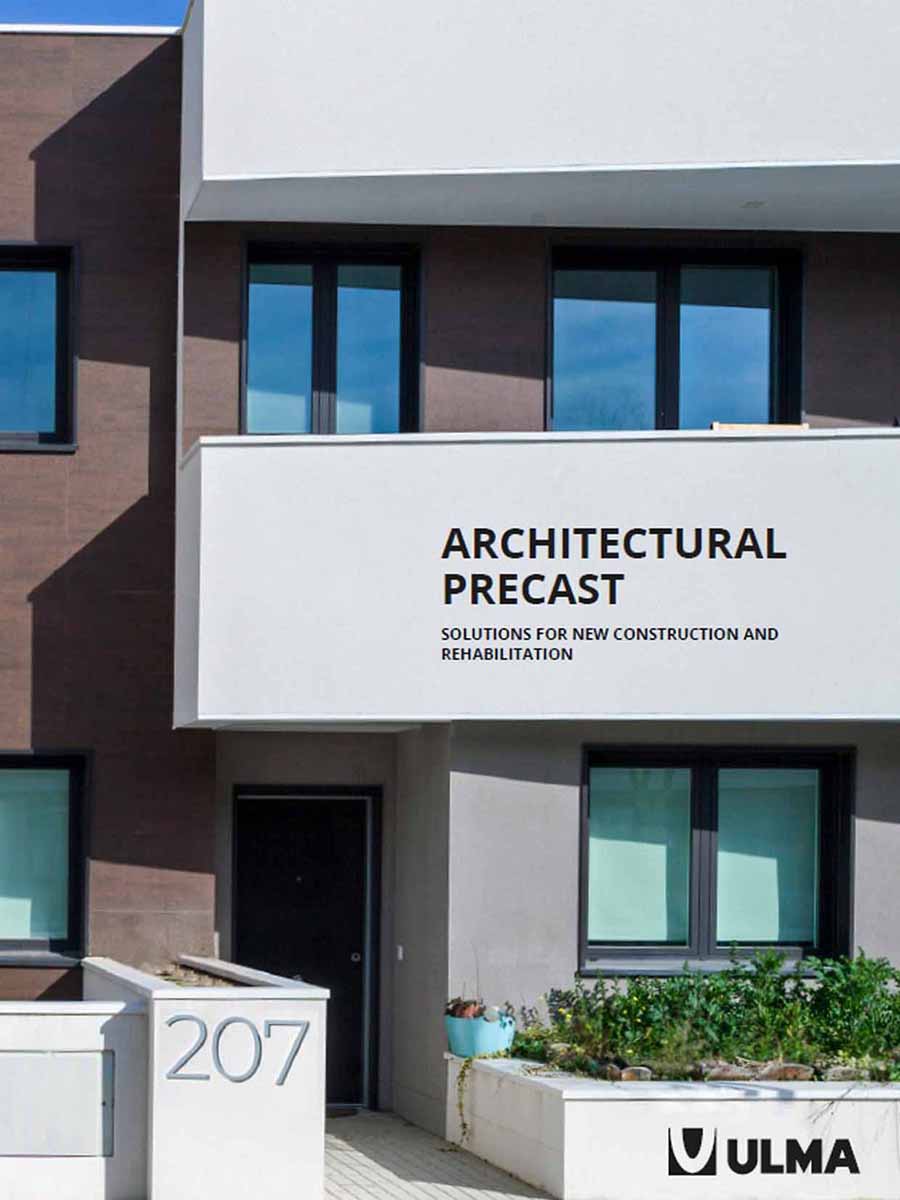How to extend the life of facades in coastal areas
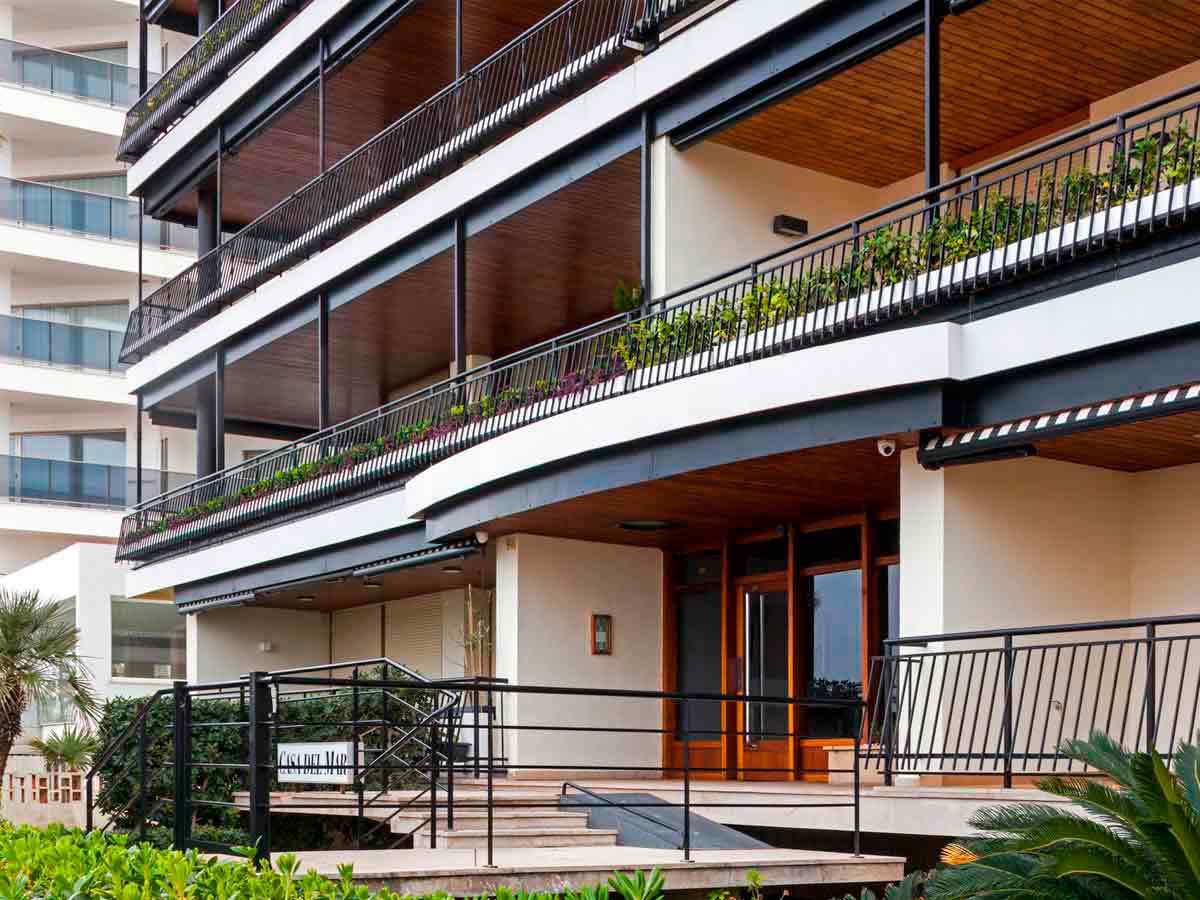
The coast, the sea, the smell of salt-laden air, and harking back to long summer days (and nights).
I can't help but be taken back to those holidays, when we filled the car to the brim to go and spend a week at the seaside: parasol, suitcases, beach cooler, float... a true adventure for those of us living upcountry.
I loved it, and I still do.
The only thing that bothers me is when the sea salt sticks all over your body, even on your face, and you can't get rid of it all day long.
And I think the same thing happens to buildings. Not that I can talk to them, but I can see the consequences.
Corrosion from saltpetre means facades located along the coast deteriorate more easily than inland buildings. And they are often very exposed to inclement coastal weather.
That's why people who live next to the sea know that choosing a quality material and finish for their facades is very important.
Indeed, having elements that are easy to maintain and long-lasting will always ensure peace of mind (both for those living on the coast and inland).
Engineered stone is a non-porous material that performs well to withstand inclement coastal weather.
And it's not just us who say so.
ULMA's materials R&D department carries out durability tests and trials based on Standard EN14617, thus ensuring an optimal mixture of aggregates in the material.
Let us see an example, in this case an apartment building in Gandía, Valencia, which has been restored using precast pieces made from this material.
The facade's slab faces were in poor condition and at risk of coming loose, which lead to the decision to replace them. Time does not stand still for 40 years.
If you would like to know more about architectural precast products for restoration, please contact us here.
The building's residents wanted the restoration to be definitive and long-lasting, and needed pieces that offered good resistance and performance in salty conditions.
As we mentioned above, engineered stone is a non-porous material. This means saltpetre cannot penetrate the parts and the anchor bolts do not rust. In other words, the rods that attach the pieces to the facade remain in a good condition for longer, giving them greater durability.
Moreover, this material can be used to produce light pieces with a smaller cross section and weight, making them easier to transport and assemble on site. They are also easy to install.
Our engineers are on hand to offer advice during the installation phase, right up until the last piece is assembled.
On this occasion, more than 300 white slab faces have been supplied.
TECHNICAL DETAILS:
- DEVELOPER: Casa del Mar Association of Property Owners
- CONSTRUCTION-RESTORATION COMPANY: EXNOVA REHABILITACIÓN GANDIA S.L.
- ARCHITECT: Fuster Arquitectos SL, Architect FERRAN FUSTER
- SURFACE AREA: 328 pieces measuring 1.30 m
- PIECE, COLOUR: FFL36, White
- END DATE: April-May 2020
- LOCATION: Paseo Neptuno 63, 46730 Playa de Gandía
